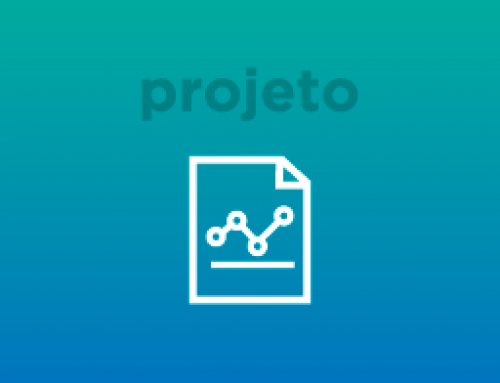Internet of things (IoT) has been deeply challenging current Internet and emerging architectures, including 5G and Future Internet. Many architectural limitations, such as weak security, data distribution efficiency, provenance and traceability of sources, excessive human intervention, lack of interoperability and service-awareness in devices configuration, have been exposed and called the society attention. This paper addresses these limitations by properly integrating five strategies: (i) efficient IoT data exchanging, storage and processing via information-centric networking (ICN); (ii) contract-based IoT services composition; (iii) software-control/management of IoT devices accordingly to the services requirements; (iv) naming and name resolution of the physical and virtual entities, proving identifier/locator splitting and contextualized self-organization; (v) name-based routing and network caching. Considering the current state-of-the art, the main paper contributions can be summarized as follows: proposal of a novel service-defined architecture, in which device configurations are a reflex of the real service needs (given by established contracts); combination of ICN benefits with named-services; and perennial identification of IoT devices, services, and data using self-verifiable naming. All integration work has been supported by a convergent architecture called NovaGenesis, demonstrating its viability as an alternative for the current IoT architectures. A proof-of-concept prototype has been implemented in laboratory under real conditions. The experimental results indicate competitive performance in terms of data transfer, memory and CPU consumption. Embedded NovaGenesis has smaller RAM and ROM requirements when compared to a similar RPL + 6LowPAN stack. Data exchanging has been performed in few milliseconds in a local area network.


